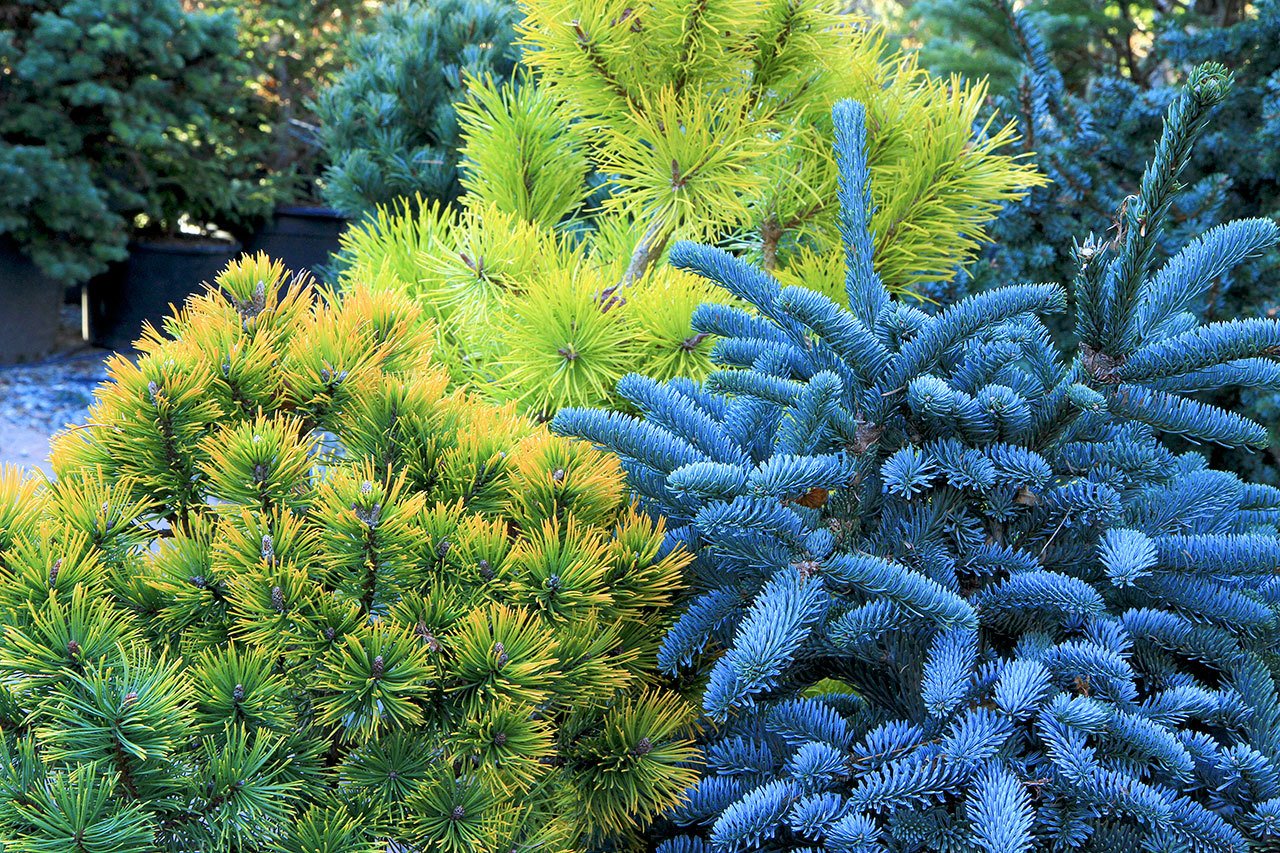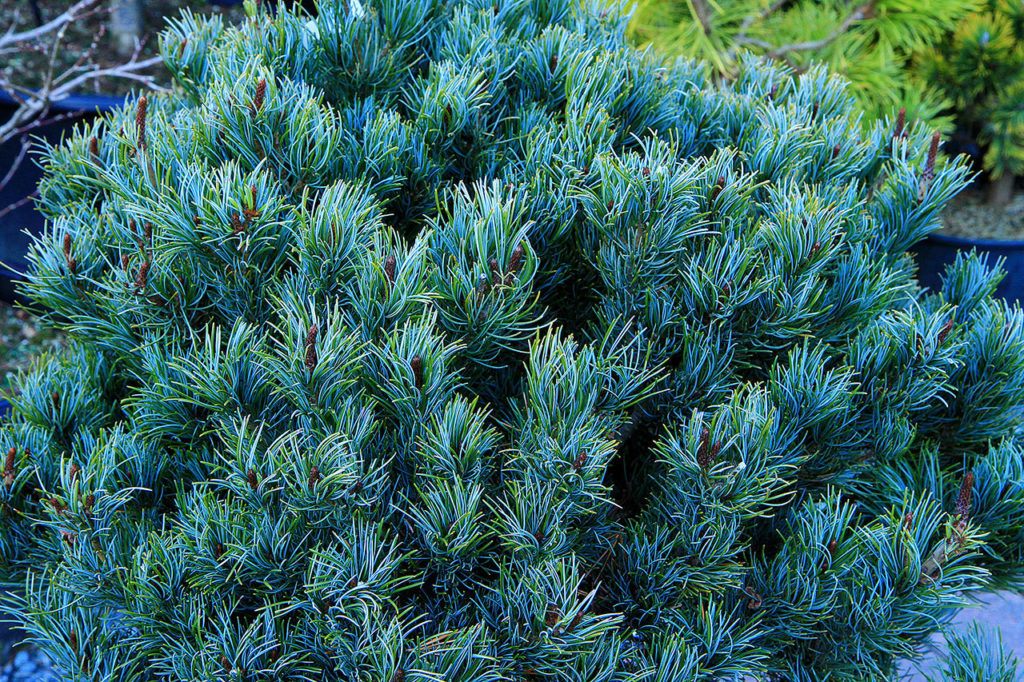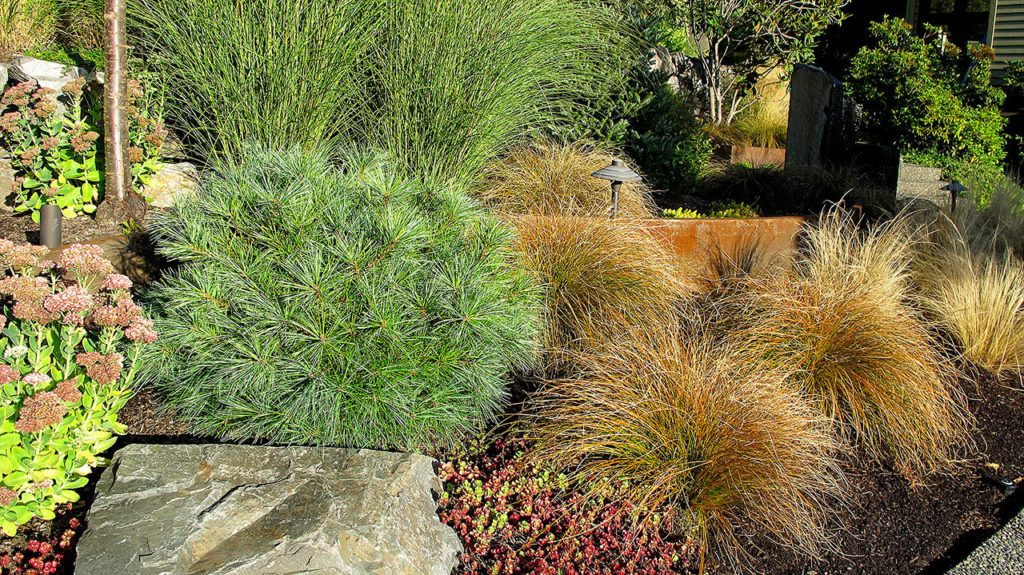By Pam Roy
Special to the Herald
Did you see the full moon setting on Thursday morning? Wow! It was a cool, frosty morning. The moon was hovering over the horizon, viewed between bare branches. A huge peach-colored orb, it vividly stood out against the pale blue sky of dawn.
I pulled my car over to the side of the road, stopping to take in that glorious sight. The bare beauty of the scene became more compelling than my morning schedule.
In our usually drab, gray winter of the Pacific Northwest, we crave visual color and interest. Most of the trees have given up their leaves. Summer perennials are slumbering. The sky can be a dull leaden gray for too many days in a row. Gardens may become soggy piles of brown foliage.
It’s this time of year when gardeners rely on the “bones” of our gardens — those elements that are permanent and provide a garden’s structure — to keep them looking right throughout the growing season and into the heart of winter.
Landscape designers are taught that the garden’s bones are the single most important design element in your yard.
“Good bones” become part of the foundation that helps hold the garden together while the dramatic seasonal performers are sleeping. Some of them are hardscape elements such as pathways, walls, fences and patios. Others are softscape elements or major plantings like trees and shrubs.
One of my go-to garden bones are dwarf conifers. Mostly small evergreen trees and shrubs with needle-shaped or scale-like leaves, dwarf conifers can be the stars of winter interest. Many of these bear cones — such as fir, pine, spruce and cedar.
Available in a variety of colors and textures, they can brighten up a dark corner of the garden, become a focal point, provide foreground interest or be planted in a container.
Most dwarf conifers prefer well-drained soil, although a few varieties will tolerate some clay soil. Many prefer full sun, although some dwarf hemlocks will tolerate light shade. Check with your local nursery when selecting plants for your yard.
Tuck a dwarf conifer into a nook between boulders in a rock garden for visual appeal and winter color. Abies procera glauca prostrata (its common name is blue prostrate noble fir) with its silvery blue-gray foliage is an ideal rock garden plant, sure to be a stand out.
Give it a sunny place in the garden to enjoy year-round benefits. This dwarf noble fir is a tall groundcover, spreading to as much as 6 feet wide and usually staying under 2 feet tall.
Dwarf conifers can be grouped together for a layered or tiered effect in the garden. Consider a bright golden yellow selection to contrast with the silvery-blue foliage of the noble fir mentioned above.
Pinus mugho “Ambergold” is a stunning new selection. This golden needled mugho pine has yellow-green foliage during the summer months. It really shines as temperatures cool down. The needles become a vibrant amber gold, nearly orange in color.
Ambergold mugho pine is a slow grower, reaching 2½ feet tall by 2 feet wide in 10 years. Add some background height to this grouping with Picea omerika “de Ruyter,” commonly known as de Ruyter serbian spruce. The blue needles have the appearance of being covered in frost and are intermixed with dark green needles.
Picea omerika “de Ruyter” has an irregular shape, adding to its interest in the winter garden. Or, go for the gold, and really brighten things up with the addition of Pinus contorta “Chief Joseph” to the scene.
Pinus contorta is our native lodgepole pine. Chief Joseph is its dwarf relative that hangs out in the summer garden as mostly green, later commanding appreciation for its glowing yellow winter color.
As another golden yellow choice, try Abies nordmanniana “Golden Spreader.” This is a medium-sized dwarf conifer, with green-gold foliage during summer months and bright golden winter foliage that really shines. View this Abies in the conifer garden of the Evergreen Arboretum at Legion Park in north Everett.
With all the greenery we have as background plants in the Pacific Northwest, dwarf conifers with blue foliage add eye-catching interest.
A favorite is Pinus strobus “Blue Shag.” This is the most pettable plant I know. The silvery-blue foliage with its soft, long needles seems to be irresistible to any passer-by. Plant this close to a path and watch your visitors run their fingers through its luscious foliage.
For an intriguing mix of blue and green needles, try Pinus parviflora “Blue Lou”( also known as Blue Lou Japanese white pine). Blue Lou is a very slow grower, becoming a dense, broad mound at 3 feet tall by 4 feet wide in 10 years.
With planning, dwarf conifers can be arranged to become the bones that visually tie your garden together, eliciting a “Wow!” in the dark of winter.
Pam Roy of Planscapes is an award-winning designer with over 30 years of experience. Contact her at info@planscapesdesign.com or 425-252-9468. Go to www.planscapesdesign.com for more.
Talk to us
> Give us your news tips.
> Send us a letter to the editor.
> More Herald contact information.



























